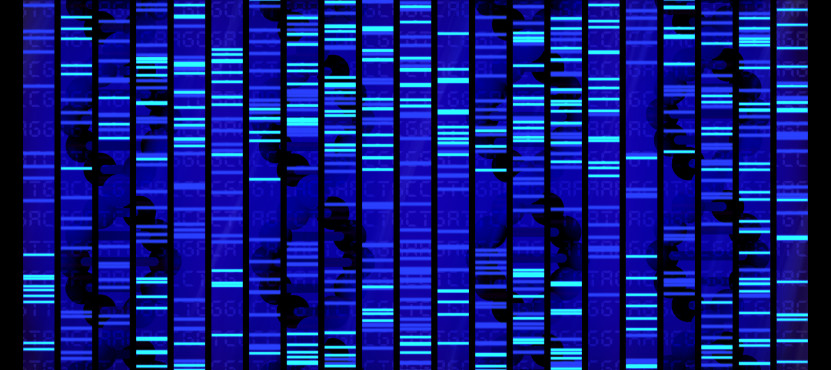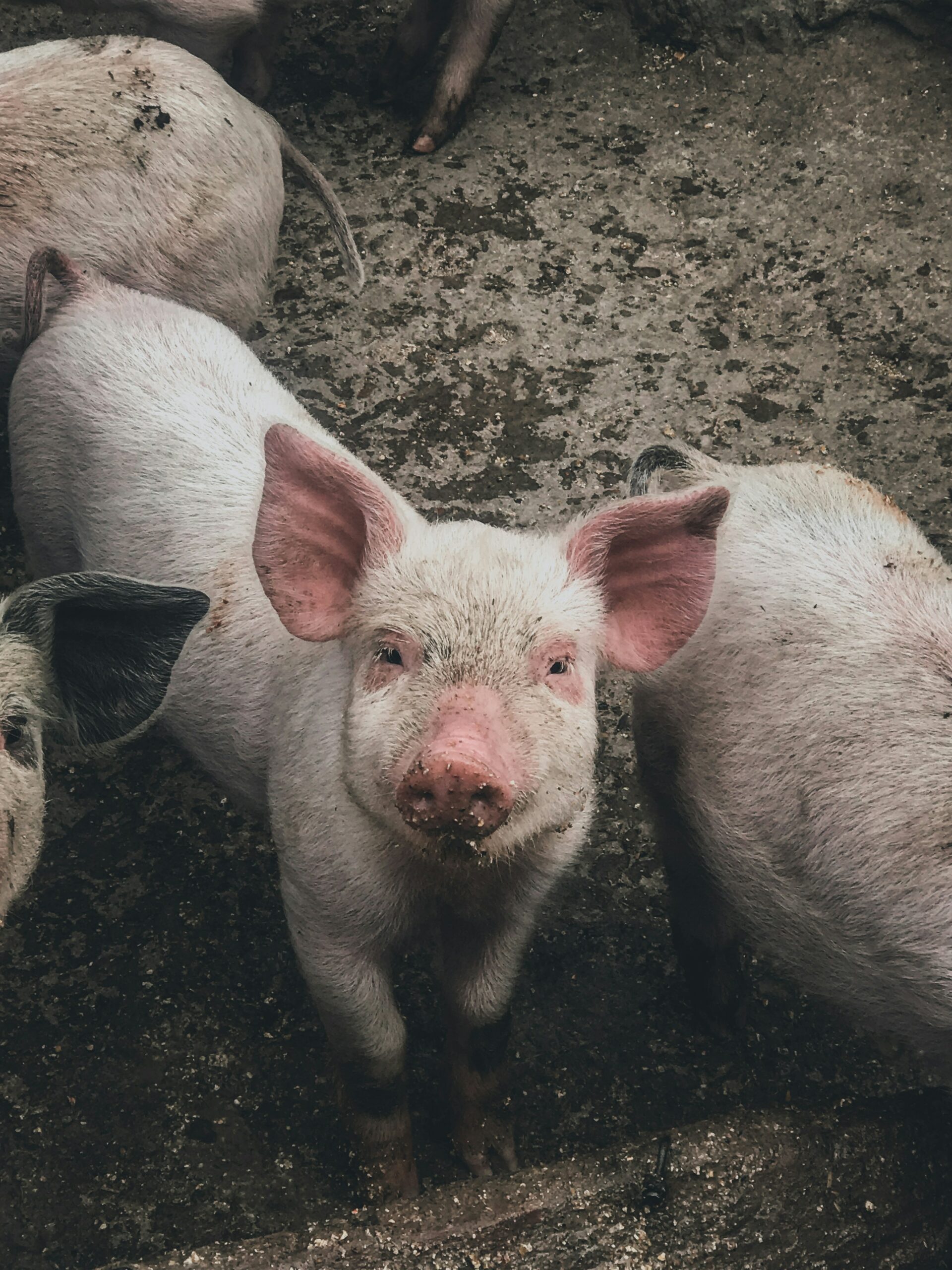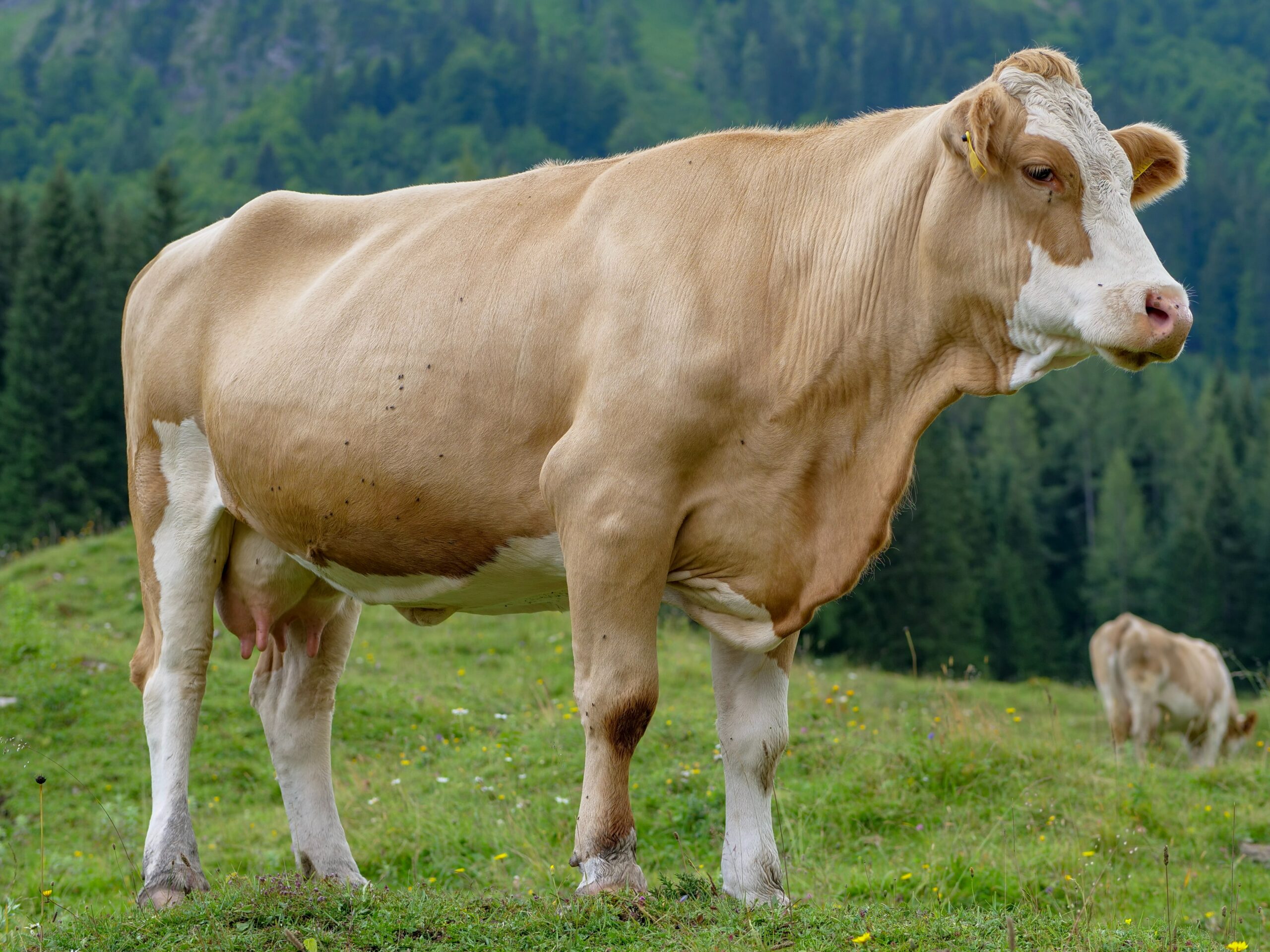
Unique expertise in the research, identification and validation of genetic markers, as well as in the development of routine tests
Unique expertise for breeders, veterinarians and veterinary labs
DIAG4ZOO is the partner of choice for cattle, sheep and pig breeders, veterinarians and veterinary laboratories. Its team offers cutting-edge expertise in molecular biology, covering genomics, transcriptomics, bioinformatics and biostatistics. The company provides professionals with routine diagnostic tests, designed to improve the monitoring of animal and livestock health. The aim is to detect any pathology, infection or inflammation, or to ensure accurate identification of species, thus contributing to the overall improvement of farm health monitoring.
DIAG4ZOO has carried out numerous projects in collaboration with academic and private teams for pig, sheep and cattle farms. Here are just a few examples.
Ovine: development of a routine qPCR test

DIAG4ZOO has carried out the development and technology transfer to a departmental laboratory (Lab Aveyron) of a qPCR (or real-time PCR) detection test for the “Texel” gene, for the selection of sheep developing muscular hypertrophy.
The technique chosen to detect the “Texel” gene was quantitative real-time PCR (qPCR) using HRM (High Resoluting Melting curve) technology. This method involves PCR in the presence of a fluorescent DNA intercalant, followed by progressive denaturation of the amplicons generated, while continuously measuring fluorescence intensity. This makes it possible to detect fine modifications in the DNA sequence. The genotyping kit has been developed to run on a LightCycler 480 real-time PCR instrument (Roche Diagnostics).
To develop this test, the DIAG4ZOO team had at its disposal several DNA samples extracted from the Texel gene, including:
- several “homozygous wild-type” samples,
- several “heterozygous” samples,
- homozygous mutated Texel samples.
In order to obtain a reliable consensus sequence of the Texel mutation region, developments began with the sequencing of individuals of each genotype, followed by sequence alignment, and then by validation of a consensus sequence on the basis of which PCR primers were determined, then tested in qPCR.
This work made it possible to select the most robust pair of primers for the development of a routine genotyping test, as well as the minimum quantity of reagents required for the analysis to run smoothly.
The developed Texel genotyping kit is highly flexible in terms of the amount of matrix needed to run the PCR.
This diagnostic is still used routinely by the Lab Aveyron departmental veterinary laboratory.
Pork: virus genome sequencing in a complex sample
Thanks to its expertise in the use of next-generation sequencing (NGS) combined with cutting-edge bioinformatics tools, DIAG4ZOO is capable of sequencing DNA or RNA virus genomes, as well as in-depth analysis of the nucleic sequences obtained, whether from tissue samples or complex samples.
On behalf of one of its industrial customers, the company carried out the high-throughput genomic sequencing analysis of complex samples, with the aim of detecting the PRRSV virus, a pig RNA virus present in very small quantities in the samples studied.
The meticulous, methodical and rigorous process followed by the DIAG4ZOO team’s made it possible to highlight the presence of specific sequences of the researched virus in the complex samples analyzed.
The algorithms used for bioinformatics processing are designed not only to identify genetic variants of known viruses, but also to detect unknown viruses or combinations of viruses, with exceptional sensitivity.
The company’s technical platform, which combines NGS sequencing tools with powerful bioinformatics tools and proprietary algorithms, not only detects viruses, but also provides additional information such as:
- Identify genetic variations within a viral population;
- Identify point mutations, insertions and deletions, providing crucial information on virus virulence and pathogen-host interactions ;
- Profiling viral communities, i.e. exploring the complexity of viral communities in various environments: from clinical samples to ecological niches;
- Identify different viral strains with accuracy to understand epidemiological patterns and design targeted interventions;
- Monitor the genetic composition of the pathogen and respond rapidly to potential associated epidemics;
- Secure the development of biotechnology products by verifying the absence of contaminating viruses, and complying with regulatory standards.

Bovine: Biomarkers of interest

DIAG4ZOO’s team carried out a study, on behalf of one of its industrial clients, which markets animal health drugs, to assess the effects of a new therapy that would regulate milk production in dairy cows, in particular to prevent the drop in milk production observed when dairy cows are subjected to a short period of drought before calving.
These works consisted in studying and measuring the expression of the PRLR gene, coding for the prolactin receptor in cows, using blood samples.
The study involved several cows divided into 3 groups, according to the treatments administered during a 30-day dry period:
- group 1 receiving one dose of the new therapy,
- group 2 receiving two doses of the new therapy,
- group 3 receiving placebo.
Several whole blood samples were taken with the PAXgene blood RNA system following predetermined kinetics, in order to monitor the expression of the PRLR gene and its variants over several days.
In parallel, a complementary study was carried out to measure Prolactin secreted in plasma following the same kinetics.
The results show specific mRNA profiles associated with each PRLR gene variant and each treatment regimen studied.
Unsurprisingly, there was a significant peak in Prolactin concentration in the cows’ plasma at the end of the gestation period, but no significant concentration level between the groups treated with the new therapy and the placebo group.
Previously, the DIAG4ZOO scientific team had collaborated with a CIRAD team on trypanotolerance in cattle, with the aim of identifying biomarkers of trypanosome resistance.
African trypanosomiases are parasitic diseases transmitted by tsetse flies. While these diseases have dramatic consequences for zebu (Bos indicus) populations, they have a lesser impact on West African bulls (Bos taurus), which are known to be naturally tolerant to trypanosome infection.
The work carried out by CIRAD and the DIAG4ZOO team has focused on studying the mechanisms associated with trypanotolerance by analyzing the complete transcriptome through sequencing of all the messenger RNAs present in blood samples from several animals.
These transcriptomic analyses were carried out on blood samples taken from two trypanotolerant bovine species (N’Dama and Baoulé) and one susceptible bovine species (Sudanese zebu), during experimental infection with Trypanosoma congolense. Samples were taken at several stages of the infection: before infection, at the peak of parasitemia, at the peak of anemia, and at the end of the experiment after normalization of values.
Transcriptome analyses revealed significant genetic variations depending on the animal’s trypanotolerance status, and a combination of markers was identified that would enable the selection of individuals resistant to this parasitic disease.




